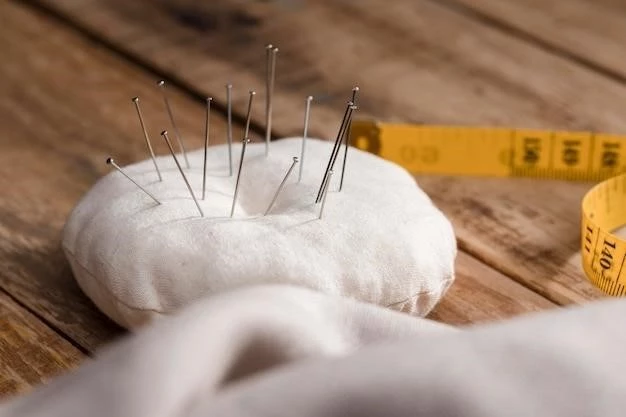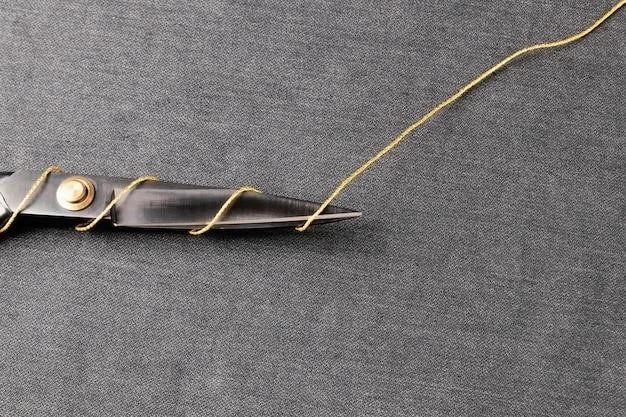The History of the Sewing Needle: A Prickly Journey Through Time
I’ve always been fascinated by the humble sewing needle. It’s such a simple tool‚ yet it has played such a crucial role in human history. It’s been used to create everything from clothing to tapestries to surgical sutures. It’s an essential part of our lives‚ and yet we often take it for granted. So‚ I decided to delve into the history of this remarkable invention and learn more about its remarkable journey.
My research took me back thousands of years‚ to the dawn of civilization. I discovered that the earliest needles were made from bone‚ ivory‚ and fishbone. These early needles were often crude and rudimentary‚ but they served their purpose. They were used to sew animal skins together to create clothing and shelter. I found evidence that the oldest known sewing needle‚ dating back to about 30‚000 BC‚ was discovered in France. It was made from bone‚ and it had a small‚ pointed end. It was a testament to the ingenuity of our early ancestors.
As civilizations progressed‚ so did the technology of needle-making. By the time of the ancient Egyptians‚ needles were being made from copper and bronze. These needles were much more durable and easier to use than their bone and ivory predecessors. The Egyptians even developed a special type of needle‚ called the “eye needle‚” which had a small hole at one end that could be used to thread the needle. This was a significant innovation that made sewing much easier and faster.

The Romans were also skilled needle-makers. They used iron to make their needles‚ which were even stronger and more durable than the bronze needles of the Egyptians. The Romans even developed a special type of needle that was used for stitching leather. This type of needle had a curved tip that made it easier to pierce the thick hides. I was impressed by the Romans’ dedication to craftsmanship.
The Middle Ages saw the development of the “steel needle.” These needles were made from high-quality steel‚ which made them even sharper and stronger than ever before. The steel needle was a major breakthrough in needle-making technology‚ and it played a significant role in the development of the textile industry. I was surprised to learn that during this time‚ needle-making became a specialized craft in Europe‚ with guilds of needle-makers forming in many cities.
The Industrial Revolution brought about another major change in the history of the sewing needle. The invention of the sewing machine in the 19th century made it possible to produce needles on a mass scale. This made needles more affordable and accessible to everyone‚ leading to a surge in the production of clothing and other sewn goods. I was amazed by how the sewing machine had revolutionized the world of needlework‚ making it faster‚ more efficient‚ and more affordable.
Today‚ sewing needles are still an essential part of our lives. They are used in a wide range of applications‚ from clothing and upholstery to surgical sutures and even in high-tech industries. I’m continually impressed by the versatility of this simple tool‚ and the countless ways it continues to serve us. I am grateful for the countless individuals who have contributed to the evolution of the sewing needle‚ from the early bone and ivory needles to the high-tech needles of today. Each generation has built upon the work of the previous ones‚ creating a legacy of innovation and ingenuity that continues to shape our world. I believe that the history of the sewing needle is a testament to the power of human creativity and the ability of simple tools to make a profound impact on our lives.











